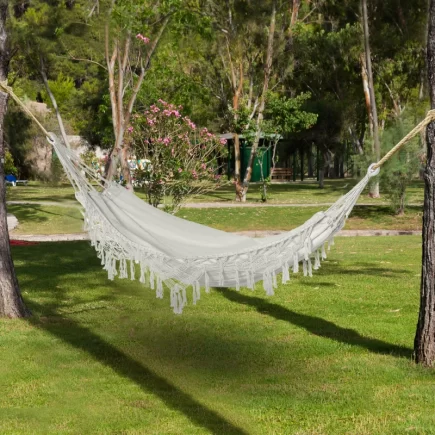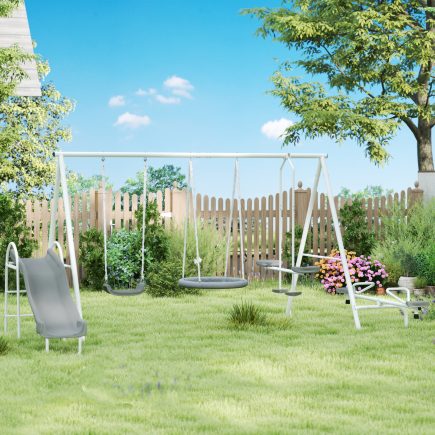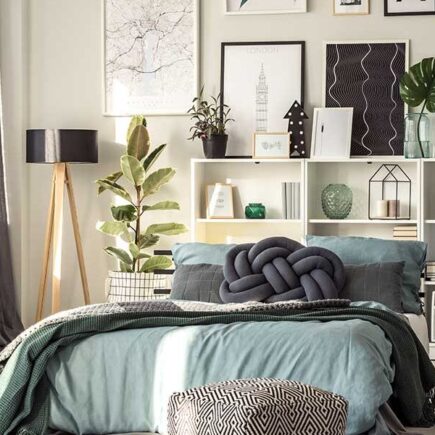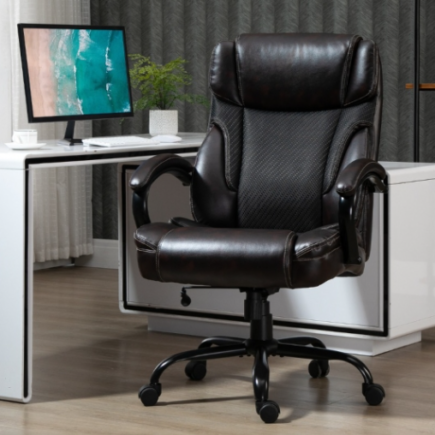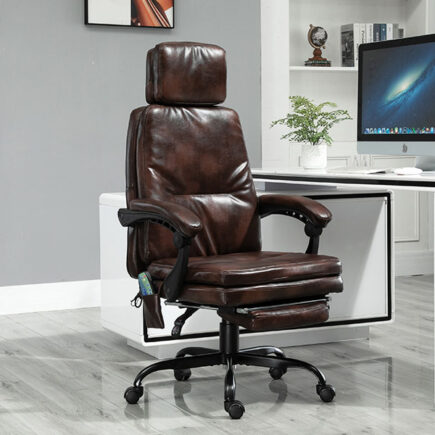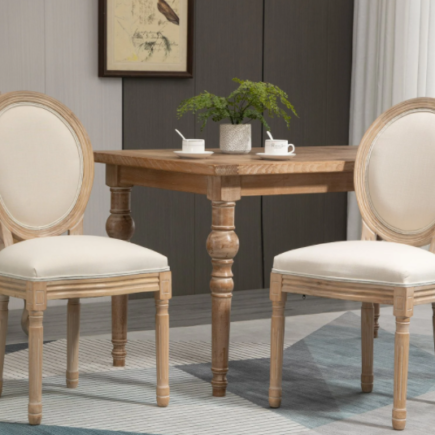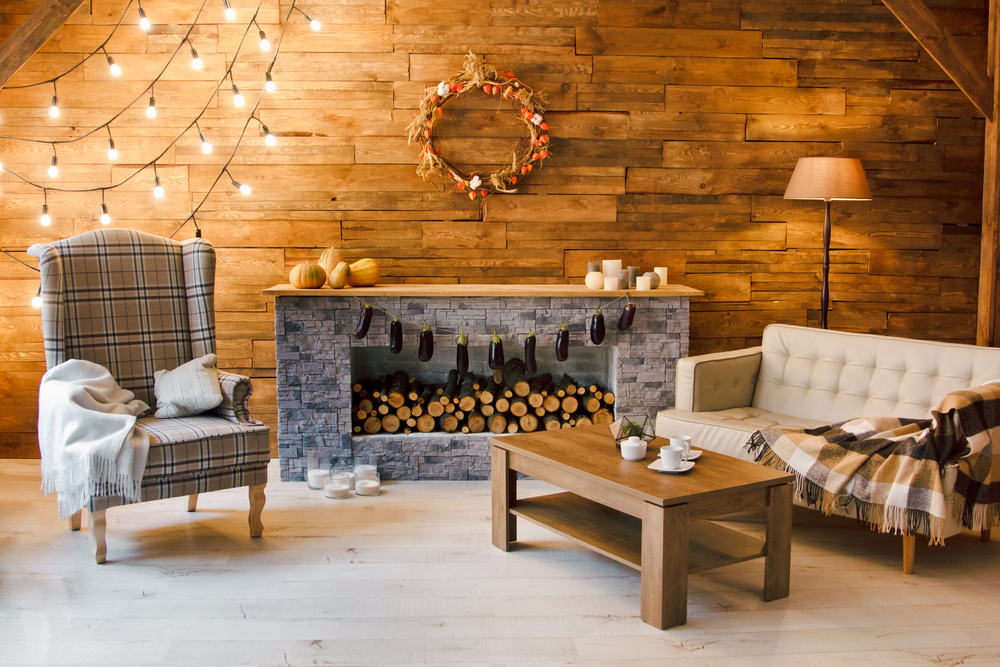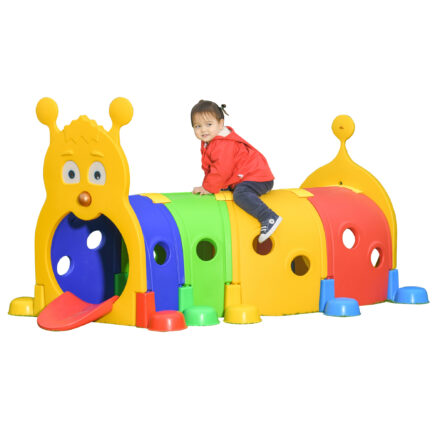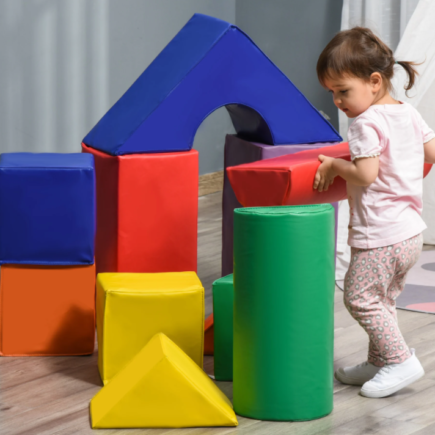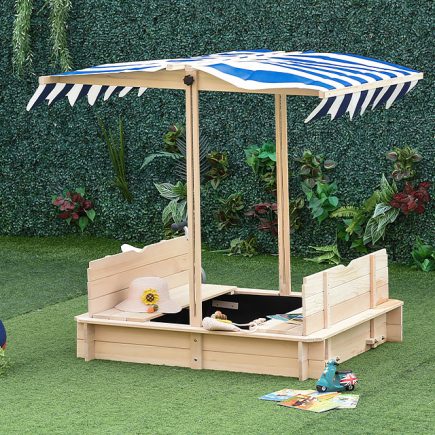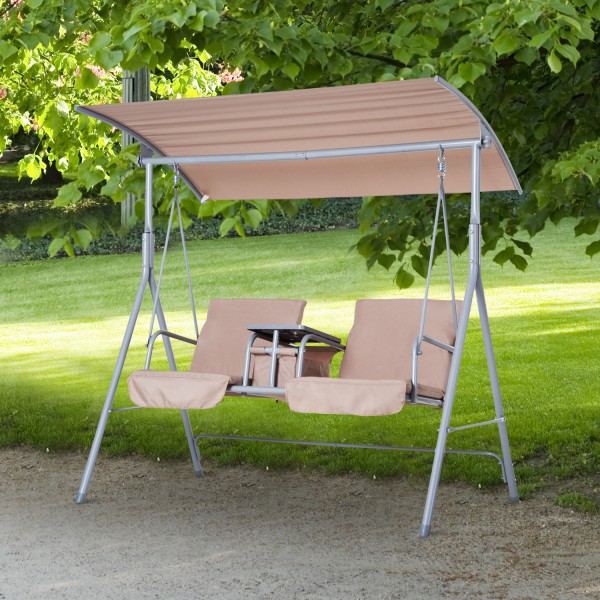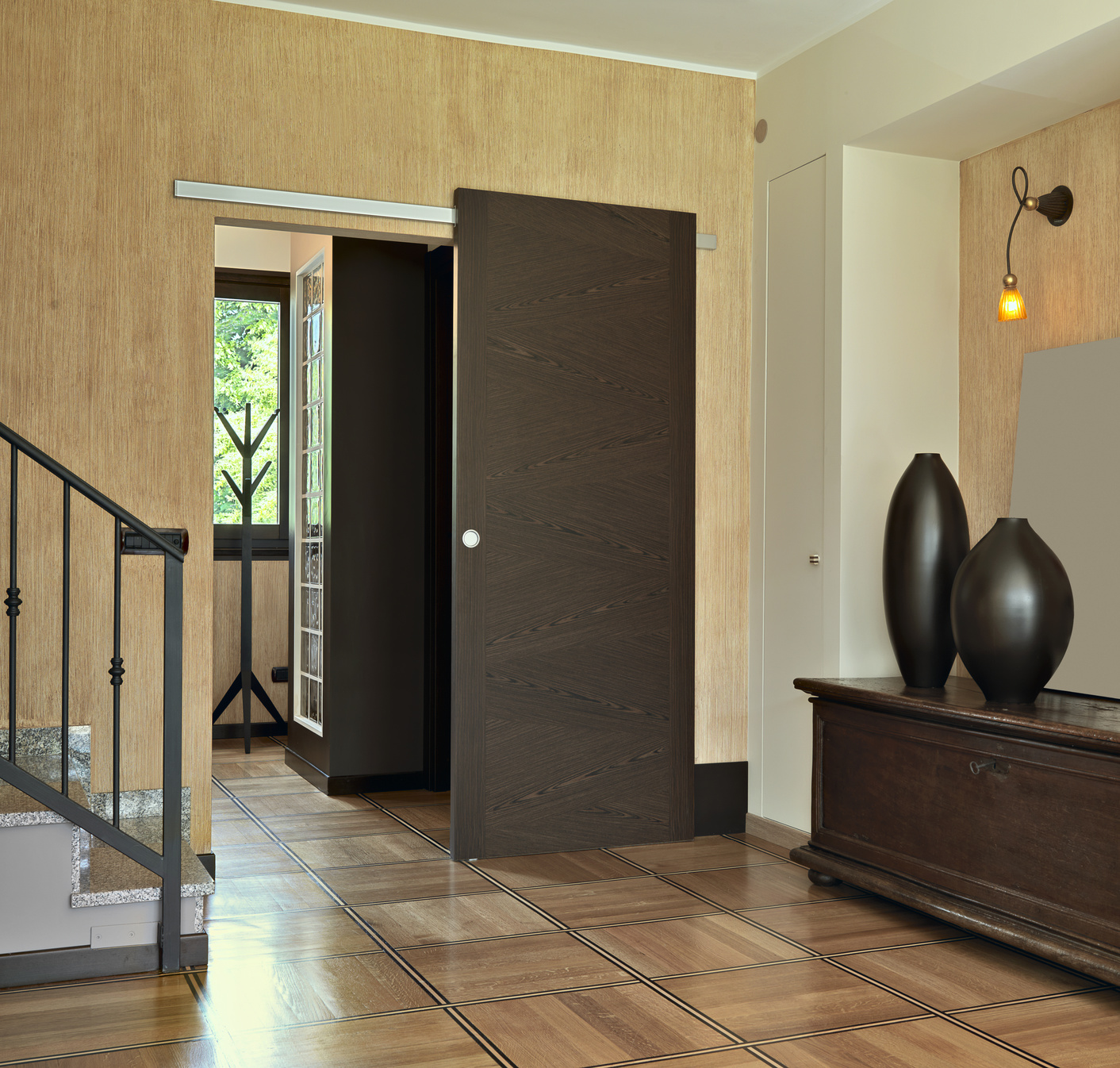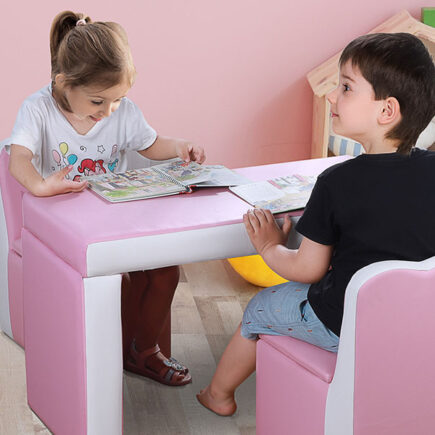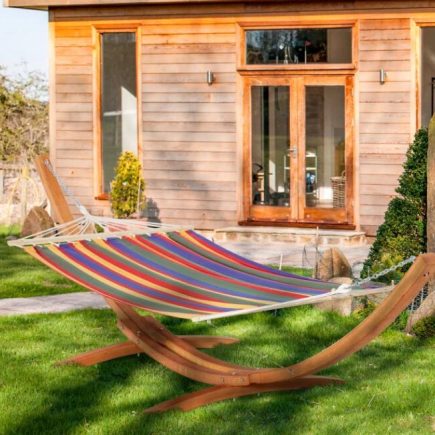These days, everyone is talking about going paperless. But let’s be honest — most offices are lightyears away from being paper-free, and plenty of data that’s vital for our work and personal use is still stored on sheets upon sheets of paper. If you don’t pay enough attention to properly organizing your office, all of that can quickly get out of hand — resulting in you being disorganized, your productivity levels falling, and worst of all, the potential loss of important information.
Of course, we all know what the easiest solution for storing your files is — a simple filing cabinet. With the proper storage option for your files, all of those invoices, proposals, and other essential documents will be safely stored for future reference.
That’s what makes choosing the highest quality file cabinet so important. The last thing you want is to be stuck with a subpar organizational tool. However, if this is your first go-round with office furniture, you probably don’t know how many different types of filing cabinets there are and which one you actually need. Don’t worry, though — we’re here with a handy guide on all kinds of filing cabinets!
Different types of file storage cabinets
Depending on how big your office (or entire business) is, you may need more than a single file cabinet if you want to keep your data in order. And while it’s easy to assume all file cabinets are pretty much the same thing — the reality is a quite a bit different. There are many different varieties of filing cabinets, and they all serve a specific purpose.
Lateral File Cabinets
The most important distinction between different types of file cabinets are lateral file cabinets and vertical file cabinets. The former are a wider, shorter kind of cabinet. They’re usually lower and closer to the ground, making them more suitable for combining with a drawerless desk; you can easily reach these cabinets even when sitting down.
Also, the wider nature of these filing cabinets means you’ll be able to keep both letter and legal sized files in there. Such a cabinet generally has between one large and three smaller drawers — and while the drawers are more shallow than on a vertical cabinet, they still provide more than enough storage space.
Vertical File Cabinets
You’ve probably already guessed how this type of file cabinet furniture differs from the previous one — they’re thinner and taller than their lateral counterparts, and they have vertically stacked drawers. An average vertical file cabinet contains between 2 and 5 drawers, which also hold both letter and legal-sized files. Generally, these cabinets are kept next to walls because they’re less stable than the lateral ones — their tall and thin nature makes them easy to knock down accidentally.
Flat File Cabinets
These cabinets were designed for the storage of documents and files in non-standard sizes, like maps, posters, charts, and blueprints. Some of these cabinet models can be mutually bolted together or stacked to create the appearance of a single unit — while others really are huge 10-drawer units.
Depending on their features and purpose, you can find plenty of different variations of the flat filing cabinet — some have metal depressors to keep all files flat, as well as anti-slip pads that stop stacked cabinets from sliding. And just like any other kind of filing cabinet, you can find locking file cabinets and models without locks.
Hanging File Cabinets
These hanging models also come in various styles — some of them were made solely for standard documents, while the bulkier ones can hold non-standard files as well. And speaking of storage options — with hanging file documents, you’ve got two options for mounting your files inside: hanging folders and hanging clamps.
The clamps secure your files without leaving a visible mark or denting them. They’re perfect for bigger documents like blueprints and plans. On the other hand, hanging folders hang between two rods in a drawer or bin, and you can place your legal or letter-sized files inside.
Rolling File Cabinets
Rolling file cabinets are often used to store documents in a “poster fashion” meaning rolled up or in special tubes. You can find both horizontal and vertical variants. Some of the horizontal ones have doors that protect files from dust and debris on both ends. On the other hand, vertical roll file cabinets are more easily accessible.
Choosing the best file cabinet
There are plenty of things to consider when buying your next file cabinet:
For instance, you need to think about what you’ll be using this cabinet for. Someone who wants a paper version of sensitive digital information will likely need a locking file cabinet — on the other hand, if you just want a better storage option for your paper documents than what you’re currently using, simple file drawers will be enough.
Apart from that, you should also consider the amount of space you have available. If you’re struggling with your office square footage, a smaller cabinet that can fit under a desk is probably the best option. Of course, you may also have enough room for a bigger horizontal cabinet — just make sure you’ve measured your available floor space before you start browsing cabinets.
And while the primary purpose of a file cabinet is its function, that doesn’t mean you shouldn’t consider its potential for aesthetic appeal; after all, it’s a piece of furniture like any other. And that means it’s supposed to fit into the overall interior design of the room, so you should consider its style, shape, and color before making a final choice.
Don’t Forget To:
- Consider what kind of files you’ll be storing in your cabinet before buying it.
- Think about the amount of free space you’ve got in your home or office.
- Take the appearance of the file cabinet into account as well.


